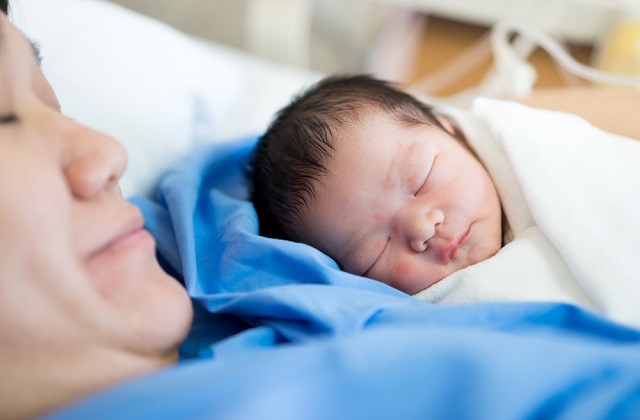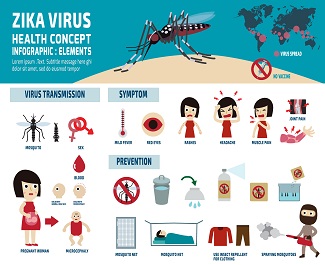Lochia refers to the first vaginal discharge after delivering the child, it contains blood, mucus, and placental tissues. It usually lasts for about 6 weeks. After childbirth, all mums must watch out for the amount, color and smell of the lochia. Mothers must be alert if there is a sudden increase in the amount of lochia or there is a change in the smell of the lochia.
Why does bleeding after childbirth happen?
Every new mum bleeds after having her baby, whether the birth is by vaginal or cesarean section. The amount of blood in your body rises by approximately 50 percent during pregnancy, your body is therefore well prepared for this normal blood loss.
There are blood vessels in the area where the placenta is attached to the uterus. After the childbirth, the placenta will be expelled from the body, the blood vessels will then begin to bleed into the uterus. After the placenta is delivered, the uterus continues to contract, which closes off those blood vessels. Hence, the bleeding should reduce gradually.
If you had an episiotomy or tear during birth, you may also bleed from that site as well until it is stitched up.
Color and amount of the lochia
In the first stage called lochia rubra, the lochia will be red in color due to a large amount of blood in it. This stage will last for about 4 to 5 days.
In the second stage called lochia serosa, lochia will be pink or brown in color. Amount of blood in it has significantly reduced. This stage usually will last for about 2 weeks. If it lasts more than 3 weeks, the new mother should refer to doctors for advice and help.
Lochia alba is the third stage. The color of the lochia has now turned white or yellowish white. It now contains much less red blood cells and is made up of mucus, leukocytes. It usually lasts from fourth weeks to sixth weeks after delivery.
What can be done about the bleeding?
1. For the first six weeks, use only maternity pads, even if you need pads as thick as your baby's diapers. You may need to change your pad every hour or two to start with, then every three hours or four hours in the coming days and weeks.
Always wash your hands before and after changing your pad, to reduce the chances of infection.
2. Don't use tampons as it can introduce bacteria into your still-recovering uterus and may result in infection.
3. Doing too much or too soon after childbirth can slow down the body's repair work and cause bleeding to start again, or to become heavy once it's started tapering off.
When to call the doctor for help?
You should call the doctor in the following situations:
(a) your bleeding is getting heavier or:
(b) Your lochia is still bright red four days after your baby's birth.
(c) Your lochia has a foul smell or you come down with fever or chills, which can be a sign of a postpartum infection.



